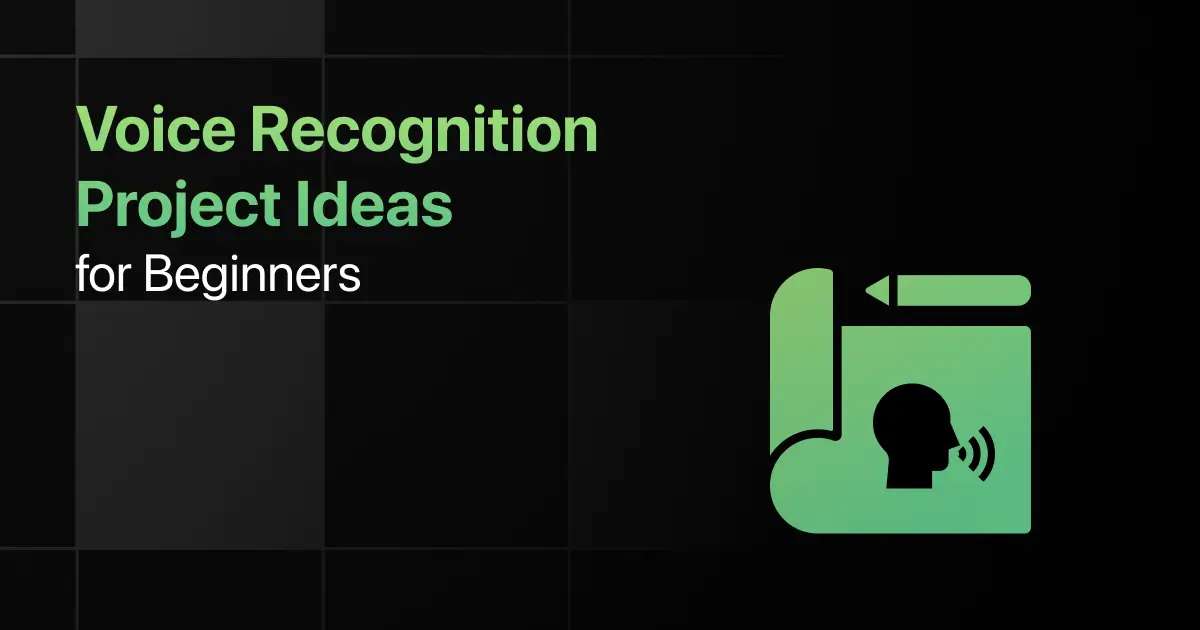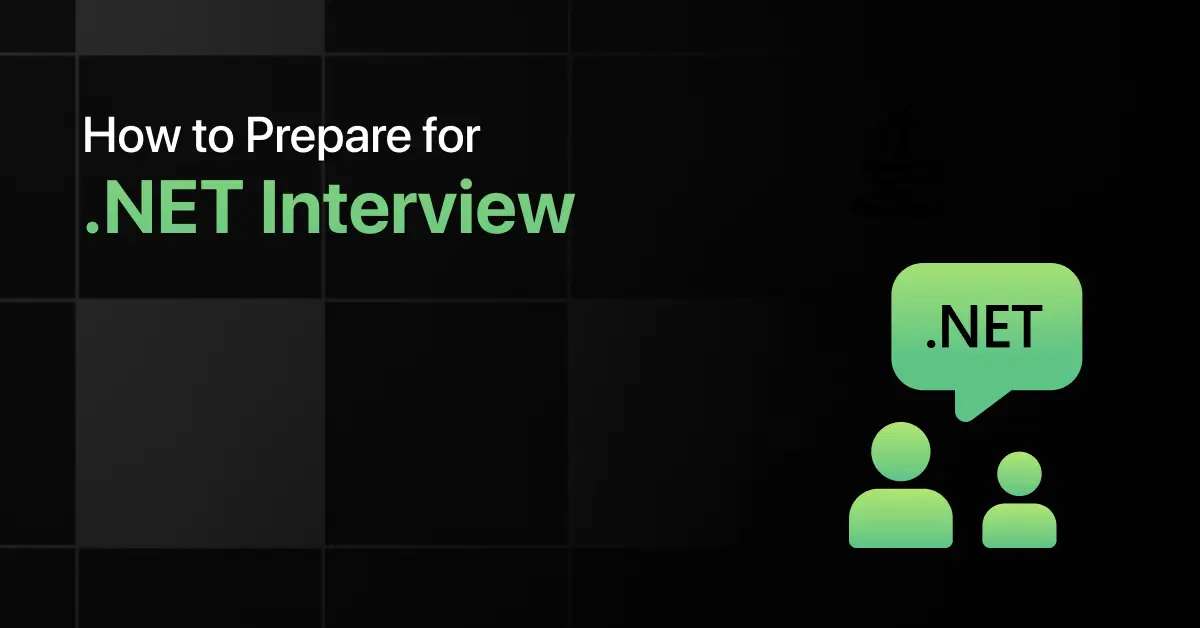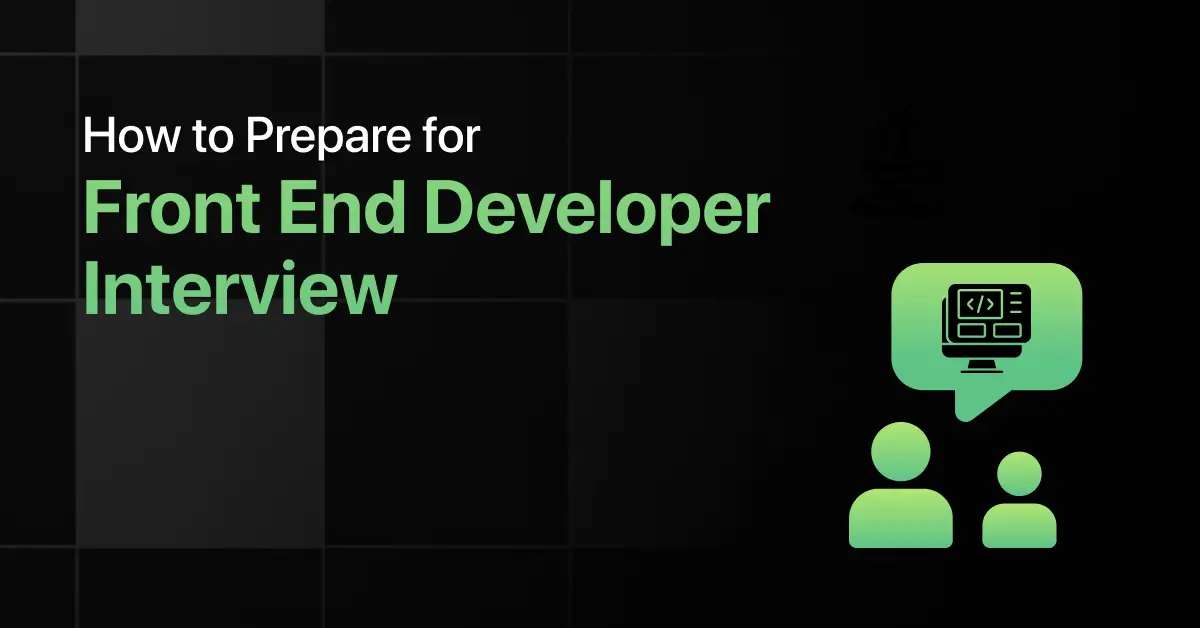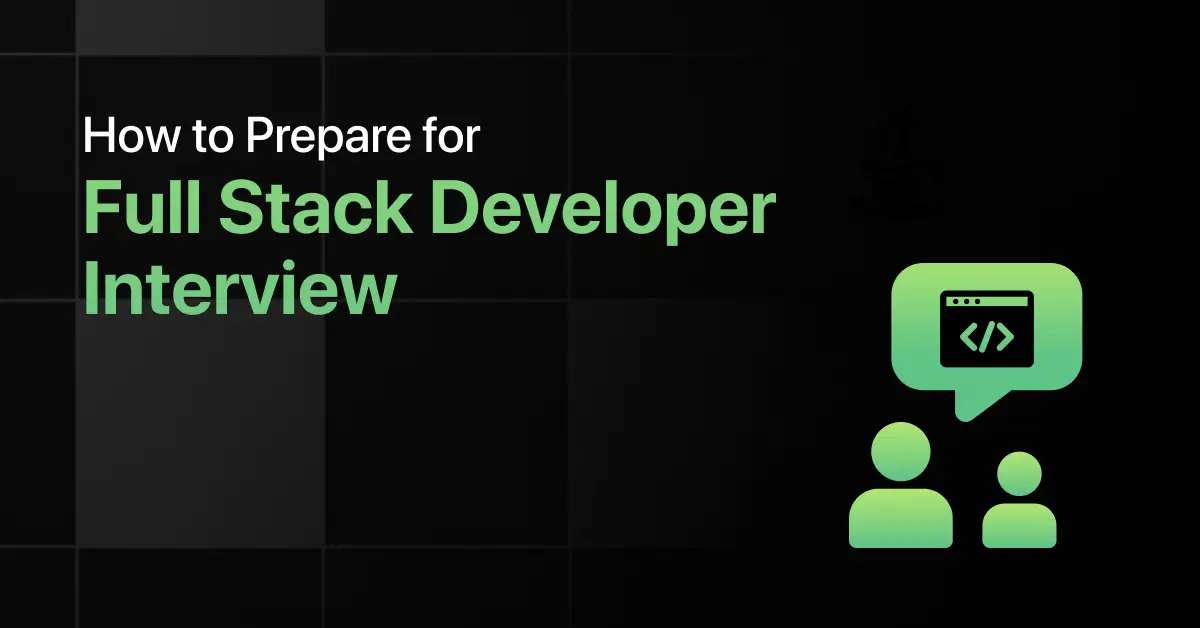Best Voice Recognition Project Ideas for Beginners

Excited by the idea of machines understanding your voice? Voice recognition is a fun and practical field where you train systems to listen and respond.
These voice recognition project ideas for beginners will show you how to turn speech into commands and explore audio processing techniques.
10 Beginner-Friendly Voice Recognition Project Ideas – Overview
Here’s an overview of the 10 best Serverless Computing Project Ideas for beginners:
| S.No. | Project Title | Complexity | Estimated Time | Source Code |
|---|---|---|---|---|
| 1 | Basic Voice Command System | Easy | 2 hours | Get Started |
| 2 | Voice-based Calculator | Easy | 3 hours | Get Started |
| 3 | Speech-to-Text Application | Easy | 4 hours | Get Started |
| 4 | Voice Assistant using Python | Easy | 5 hours | Get Started |
| 5 | Emotion Detection from Voice | Medium | 6 hours | Get Started |
| 6 | Speech Recognition with Multiple Languages | Medium | 6 hours | Get Started |
| 7 | Voice Command for Home Automation | Medium | 7 hours | Get Started |
| 8 | Voice-based Email Reader | Medium | 8 hours | Get Started |
| 9 | Speech-to-Text with Noise Filtering | Hard | 9 hours | Get Started |
| 10 | Voice Authentication System | Hard | 10 hours | Get Started |
Top 10 Voice Recognition Project Ideas for Beginners
Here are the top 10 simple voice recognition project ideas for beginners:
1. Basic Voice Command System
This project is about building a simple system that takes voice commands and executes basic tasks accordingly.
You will learn how to detect and respond to voice input using fundamental speech recognition techniques.
Duration: 2 hrs
Project Complexity: Easy
Key Concepts Covered:
- Voice input processing
- Command-to-action logic
- Speech recognition basics
Implementation Steps:
- Set up the Python environment and install libraries
- Configure microphone input
- Capture and process voice commands
- Map commands to basic actions
Required Pre-requisites:
- Basic Python knowledge
- Microphone configuration
- Familiarity with speech_recognition library
Resources Required:
- Python
- Microphone
- speech_recognition library
Real-World Application:
- Voice-controlled desktop apps
- Smart device interaction
2. Voice-based Calculator
This project is about building a hands-free calculator that performs arithmetic operations via spoken commands.
You will learn how to convert speech to numbers and operations, and evaluate the expressions using voice recognition.
Duration: 3 hrs
Project Complexity: Easy
Key Concepts Covered:
- Speech-to-text conversion
- Arithmetic expression parsing
- Command handling
Implementation Steps:
- Set up voice input and recognition tools
- Capture numeric and operator voice input
- Parse the expression
- Calculate and return result
Required Pre-requisites:
- Python basics
- Math operations handling
- Use of speech APIs
Resources Required:
- Python
- speech_recognition, eval()
- Microphone
Real-World Application:
- Voice-controlled calculator apps
- Accessibility tools for math
3. Speech-to-Text Application
This project is about building a system that converts spoken language into written text.
You will learn how speech recognition engines work to transcribe real-time voice into readable formats.
Duration: 4 hrs
Project Complexity: Easy
Key Concepts Covered:
- Real-time transcription
- Audio input capture
- Text rendering
Implementation Steps:
- Set up Python and necessary libraries
- Capture microphone input
- Use recognition API for conversion
- Output transcribed text
Required Pre-requisites:
- Python programming
- Basic understanding of audio I/O
- Speech API usage
Resources Required:
- Python
- speech_recognition, pyaudio
- Microphone
Real-World Application:
- Dictation tools
- Note-taking apps
4. Voice Assistant using Python
This project is about building a Python-based voice assistant that can respond to various user commands.
You will learn how to combine voice input, decision-making logic, and text-to-speech output effectively.
Duration: 5 hrs
Project Complexity: Easy
Key Concepts Covered:
- Command recognition
- Task automation
- Text-to-speech feedback
Implementation Steps:
- Install and set up speech and TTS libraries
- Define a set of supported commands
- Capture and interpret user voice
- Perform actions based on intent
- Give voice-based responses
Required Pre-requisites:
- Python basics
- Use of speech_recognition and pyttsx3
- Internet access for some commands
Resources Required:
- Python
- speech_recognition, pyttsx3
- Microphone
Real-World Application:
- Virtual assistants
- Smart personal automation
5. Emotion Detection from Voice
This project is about building a system that analyzes voice tone and pitch to detect emotional states.
You will learn how voice features like frequency and energy can be used in emotion recognition models.
Duration: 6 hrs
Project Complexity: Medium
Key Concepts Covered:
- Audio signal processing
- Feature extraction (MFCC)
- Emotion classification
Implementation Steps:
- Record or import voice samples
- Extract audio features
- Train or use a classification model
- Detect and display emotion
Required Pre-requisites:
- Python and ML basics
- Audio processing with librosa
- Classification concepts
Resources Required:
- Python
- librosa, scikit-learn
- Microphone
Real-World Application:
- Mental health monitoring
- Interactive voice systems
6. Speech Recognition with Multiple Languages
This project is about building a voice recognition system that understands and processes input in multiple languages.
You will learn how to configure and switch between language models for multilingual speech recognition.
Duration: 6 hrs
Project Complexity: Medium
Key Concepts Covered:
- Multilingual speech recognition
- Language model integration
- Input language switching
Implementation Steps:
- Set up speech recognition library
- Select and configure supported languages
- Capture multilingual input
- Convert and output recognized text
Required Pre-requisites:
- Python
- API-based language support
- Speech recognition basics
Resources Required:
- Python
- Google Speech API
- Microphone
Real-World Application:
- Multilingual virtual assistants
- Translation apps
7. Voice Command for Home Automation
This project is about building a system to control home appliances through voice commands.
You will learn how to map speech input to control signals for smart home devices.
Duration: 7 hrs
Project Complexity: Medium
Implementation Steps:
- Setup and connect smart device interfaces
- Implement voice command recognition
- Parse intent and match with devices
- Send control signal to appliance
Required Pre-requisites:
- Python or Arduino basics
- IoT understanding
- Speech recognition usage
Resources Required:
- Python
- Home automation hardware (e.g., relays, ESP32)
- Microphone
Real-World Application:
- Smart home control
- Assistive living systems
8. Voice-based Email Reader
This project is about building a tool that reads out emails to users based on voice commands.
You will learn how to integrate email APIs with voice recognition and TTS systems.
Duration: 8 hrs
Project Complexity: Medium
Key Concepts Covered:
- Email API access
- Voice-to-command mapping
- TTS for email reading
Implementation Steps:
- Set up Gmail or Outlook API
- Authenticate and fetch emails
- Capture voice commands
- Read selected emails aloud
Resources Required:
- Python
- Email API access
- speech_recognition, pyttsx3
Real-World Application:
- Hands-free communication
- Accessibility tools for visually impaired
9. Speech-to-Text with Noise Filtering
This project is about building a speech recognition system that works effectively in noisy environments.
You will learn how to integrate noise filtering techniques to improve recognition accuracy.
Duration: 9 hrs
Project Complexity: Hard
Key Concepts Covered:
- Noise reduction algorithms
- Signal preprocessing
- Robust speech recognition
Implementation Steps:
- Set up input capture with noise samples
- Apply filtering techniques (e.g., spectral gating)
- Integrate with speech recognition
- Display or store clean text output
Required Pre-requisites:
- Audio signal processing
- Python and speech APIs
- Use of filtering libraries
Resources Required:
- Python
- noisereduce, speech_recognition
- Quality microphone
Real-World Application:
- In-car voice systems
- Industrial voice interfaces
10. Voice Authentication System
This project is about building a voice-based user authentication system for secure access.
You will learn how to extract voice features for speaker verification and implement basic security models.
Duration: 10 hrs
Project Complexity: Hard
Key Concepts Covered:
- Speaker identification
- Voice biometrics
- Feature matching
Implementation Steps:
- Collect voice samples from users
- Extract unique voice features
- Train a voice recognition model
- Match live input to stored profile
Required Pre-requisites:
- Machine learning basics
- Signal processing
- Python
Resources Required:
- Python
- librosa, scikit-learn, numpy
- Microphone
Real-World Application:
- Secure access systems
- Biometric login features
Final Words
Voice recognition projects for beginners help you learn how machines listen and respond to speech. They are a great way to explore audio features and build interactive systems.
Starting with voice recognition will give you a fresh and exciting approach to learning AI.
Frequently Asked Questions
1. What are some easy voice recognition project ideas for beginners?
Some easy voice recognition project ideas for beginners include a voice-controlled calculator, speech-to-text converter, and basic voice command system.
2. Why are voice recognition project ideas important for beginners?
Voice recognition project ideas are important for beginners because they offer a fun way to learn audio processing and interactive system design.
3. What skills can beginners learn from voice recognition project ideas?
Beginners can learn speech processing, audio feature extraction, and command-based automation from voice recognition project ideas.
4. Which voice recognition Project is recommended for someone with no prior programming experience?
A recommended voice recognition project for someone with no prior programming experience is creating a basic voice assistant using drag-and-drop tools or simple Python libraries.
5. How long does it typically take to complete a beginner-level voice recognition project?
It typically takes around 6 to 12 hours to complete a beginner-level voice recognition project depending on the tools used.
Explore More Project Ideas
- Python
- Java
- C Programming
- HTML and CSS
- React
- JavaScript
- PHP
- C++
- DBMS
- SQL
- Excel
- Angular
- Node JS
- DSA
- Django
- Power BI
- R Programming
- Operating System
- MongoDB
- React Native
- Golang
- Matlab
- Tableau
- .Net
- Bootstrap
- C#
- Next JS
- Kotlin
- jQuery
- React Redux
- Rust
- Shell Scripting
- Vue JS
- TypeScript
- Swift
- Perl
- Scala
- Figma
- RPA
- UI/UX
- Automation Testing
- Blockchain
- Cloud Computing
- DevOps
- Selenium
- Internet of Things
- Web Development
- Data Science
- Android
- Data Analytics
- Front-End
- Back End
- MERN Stack
- Big Data
- Data Engineering
- Full Stack
- MEAN Stack
- Artificial Intelligence
- Machine Learning
- Arduino
- Cyber Security
- Raspberry Pi
- Spring Boot
- NLP
- Embedded Systems
- Computer Network
- Game Development
- Flask
- Data Visualization
- Ethical Hacking
- Computer Vision
- AWS
- Data Mining
- Azure
- Network Security
- Microservices
- Augmented Reality
- Bioinformatics
- Virtual Reality
- Text Mining
- Unity
- Kubernetes
- Unreal Engine
- Terraform
- Linux
- Chatbot
- Deep Learning
- API
- Cloud Security
- Home Automation
- Quantum Computing
- FinTech
- Sentiment Analysis
- Recommendation System
- Robotics
- NodeMCU
- Large Language Models
- Penetration Testing
- Google Cloud Platform
- Edge Computing
- Pattern Recognition
- ElasticSearch
- MLflow
- Data Integration
Related Posts


How to Prepare for .Net Interview
Are you preparing for a .NET interview but not sure which topics to prioritize? Many candidates struggle to balance C# fundamentals, …









